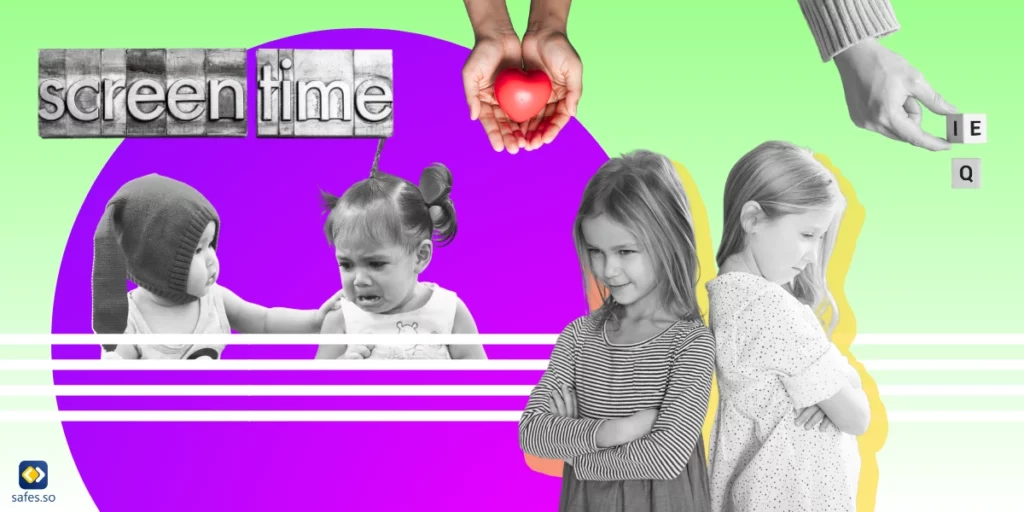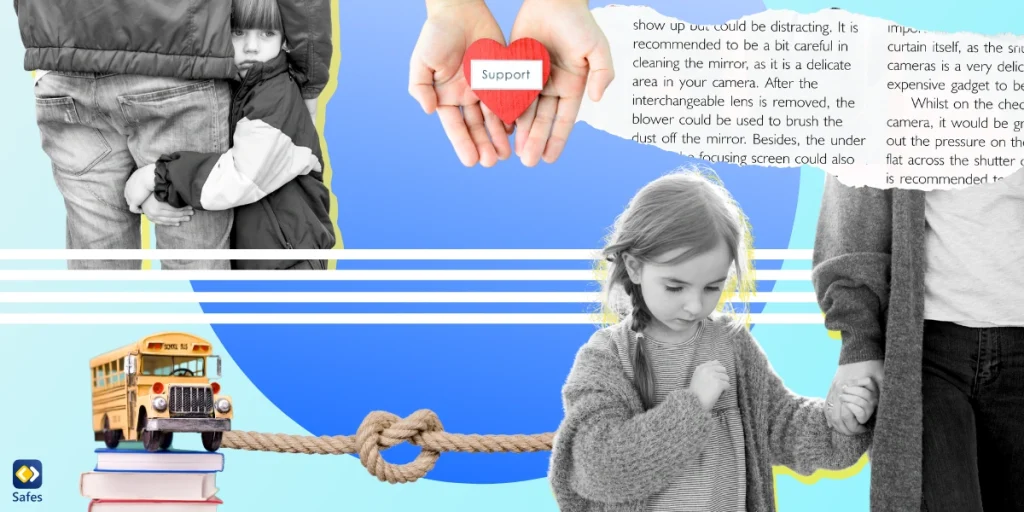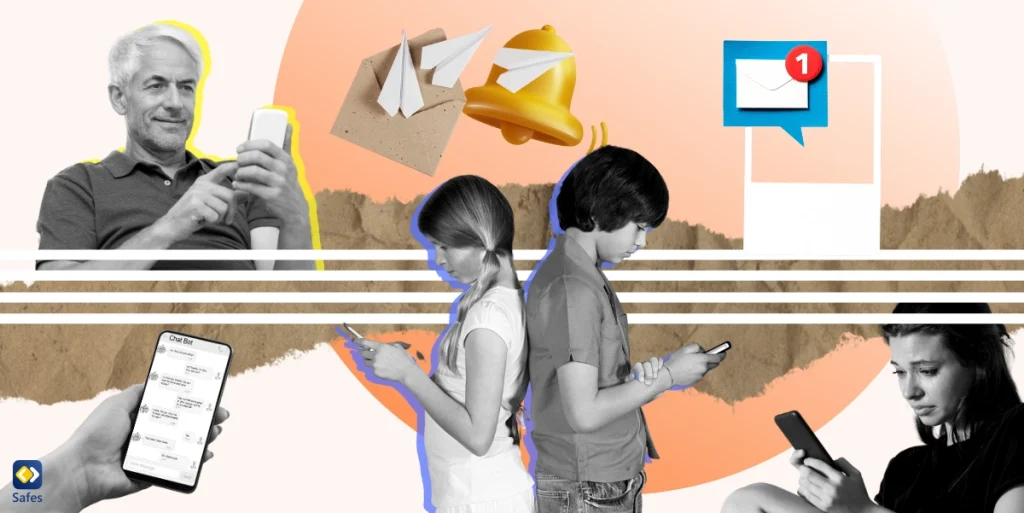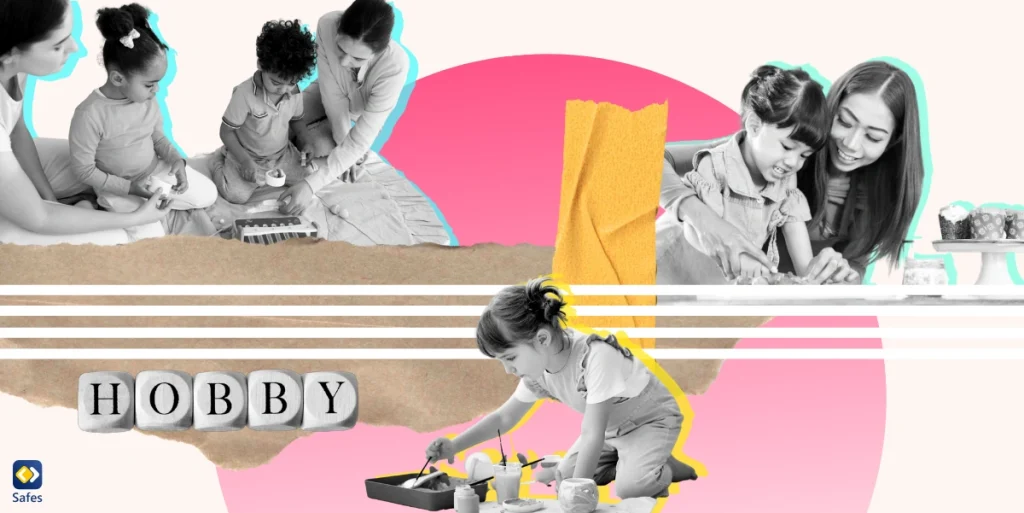Critical thinking is an essential skill that every student must possess to thrive in today’s world. It is the ability to analyze information, evaluate arguments, and make sound decisions based on evidence. Critical thinking has become increasingly important in education as it prepares students to tackle real-life problems and succeed in their careers. In this blog post, we will explore critical thinking examples for students that can help develop this crucial skill. The aim is to provide readers with practical, real-life scenarios where critical thinking can be applied, and inspire educators to integrate critical thinking into their teaching methods.
Critical Thinking Skills for Students
Critical thinking skills refer to the ability to analyze, evaluate, and interpret information to make informed decisions. These skills enable students to approach problems and situations with a logical and rational mindset, allowing them to make sound judgments based on evidence. Developing critical thinking skills in students has numerous benefits, including improved problem-solving abilities, increased creativity and innovation, enhanced communication skills, and better academic performance.
Examples of Critical Thinking in Daily Life
Some critical thinking examples for students in their daily lives include evaluating news articles for accuracy and bias, analyzing advertisements for hidden messages and manipulation, and examining arguments and evidence in debates or discussions.

Critical Thinking in the Classroom
Critical thinking is an essential skill that is being taught in classrooms to prepare students for the challenges of the real world. Educators use various techniques and strategies to teach critical thinking, such as encouraging students to ask questions, promoting independent thinking, and providing opportunities for problem-solving. Other methods include using case studies, debates, and simulations to challenge students to think critically and apply their knowledge to real-world scenarios. Incorporating critical thinking into the curriculum is crucial as it enables students to develop a deeper understanding of complex concepts, enhances their problem-solving skills, and prepares them for their future jobs.
Examples of Critical Thinking in Academic Settings
In the academic setting, critical thinking is essential for students to succeed in their studies. For example, in science experiments, students must analyze and interpret data to draw conclusions and make informed decisions. In research papers, students must evaluate sources and evidence to support their arguments and avoid bias. In philosophical arguments, students must identify logical fallacies to assess the validity of the argument. By incorporating critical thinking in education, students can develop a deeper understanding of the subject matter and apply their knowledge to real-world scenarios effectively.
Case Studies of Critical Thinking in Action
Critical thinking skills have been essential in various real-world scenarios that have led to successful outcomes. For example, critical thinking played a significant role in the success of the Apollo 13 mission. When an oxygen tank exploded, the team had to think critically and come up with a solution to bring the astronauts back safely. Similarly, in the business world, critical thinking is crucial for making strategic decisions, identifying opportunities, and solving complex problems.
Critical thinking has also played a vital role in numerous historical events. For example, during the American Revolution, George Washington had to think critically and come up with innovative strategies to defeat the British. In World War II, code breakers at Bletchley Park used critical thinking to decipher enemy codes and gain valuable intelligence.
In both real-world scenarios and historical events, critical thinking skills played a crucial role in achieving successful outcomes. By developing critical thinking skills, students can prepare themselves to tackle complex problems and make informed decisions that can lead to successful outcomes.

Exercises and Activities for Developing Critical Thinking Skills
Developing critical thinking skills in students requires engaging exercises and activities that challenge their thinking and promote problem-solving. Role-playing exercises are one such activity that can help students practice decision-making and problem-solving in real-world scenarios. Socratic questioning techniques are also effective in encouraging deeper analysis of a subject while promoting independent thinking. Instructors can also incorporate debate and argumentation exercises to build analytical skills and develop students’ ability to think critically and communicate their ideas effectively.
Another way to develop critical thinking skills in students is through case studies that challenge students to analyze complex problems and come up with innovative solutions. Simulations and games that require strategic thinking and problem-solving are also effective in developing critical thinking skills.
Ultimately, the key to developing critical thinking skills in students is to provide opportunities for them to apply their knowledge to real-world scenarios, challenge their assumptions, and encourage them to think independently.
Teaching Critical Thinking to Students
To develop critical thinking skills in students, educators can use various methods, such as encouraging open-mindedness, promoting independent thinking, and providing opportunities for real-world problem-solving. By engaging in these activities, students can apply their critical thinking skills to real-life scenarios, enhancing their ability to make informed decisions and solve problems effectively.
To learn more on how to teach critical thinking skills to students, read this article on our blog: How to Teach Critical Thinking: Tips & Techniques for Parents
How Does Safes Help Develop Critical Thinking Skills in Students?
The Safes parental control app can help develop critical thinking in students by promoting responsible technology use and encouraging independent decision-making. The app allows parents to monitor their child’s online activity, set time limits, and restrict access to certain websites and applications. By using the app, parents can encourage their children to think critically about their online behavior, consider the consequences of their actions, and make informed decisions about their technology use.
The app also provides parents with an opportunity to engage in open and honest conversations with their children about responsible technology use, online safety, and privacy. By discussing these issues with their children, parents can help them develop critical thinking skills and become more aware of the potential risks and challenges associated with the online world.
Overall, the Safes parental control app can play a vital role in developing critical thinking skills in students by promoting responsible technology use, encouraging independent decision-making, and fostering open and honest communication between parents and their children.
Safes is now available for both Android and iOS devices. Try it today to benefit from a 14-day free trial with premium features. Follow the links below for instructions on how to use the app:
- Windows parental controls
- Macbook parental controls
- Parental controls on Android
- iPhone parental controls
Conclusion
In conclusion, critical thinking is an essential skill that every student must possess to thrive in today’s world. By developing critical thinking skills, students can apply a logical and rational mindset to real-world scenarios, make informed decisions, and solve complex problems effectively. Educators can use various techniques and strategies to teach critical thinking, such as role-playing exercises, Socratic questioning techniques, and debate and argumentation exercises.
Additionally, parents can play a vital role in developing critical thinking skills by using parental control apps like Safes to promote responsible technology use and encourage open and honest communication with their children. Ultimately, by incorporating critical thinking into education and daily life, students can prepare themselves for success in their academic and professional careers




